All patriarchal societies seek to exert control over women. Their autonomy and agency are doubtlessly undermined systemically and institutionally, but control is also exercised through cultural expectations and moral policing. Women are expected to toe the line of patriarchal boundaries set by men, which seek to control all aspects of their personal lives and define and limit the extent of their participation in public life. When women resist and defy these gendered expectations of public participation, they are often subjected to violence, harassment, bullying, and ridicule. This holds true for the online sphere, including social media spaces like Twitter, as well.
Threats of death and sexual violence, doxxing, slut-shaming, and sexualisation have all been the quotidian experiences of women on social media platforms.
Threats of death and sexual violence, doxxing, slut-shaming, and sexualisation have all been the quotidian experiences of women on social media platforms. While this occurs on all social media platforms, Twitter is the worst affected because of its design. But changes to Twitter’s verified blue-tick system has compounded this problem. After Twitter allowed users to buy blue ticks by subscribing to Twitter Blue (now X Premium), it launched ads revenue sharing wherein eligible Twitter Blue users can earn revenue through ad impressions.
Monetising misogyny on Twitter
This has had the unintended consequence of proliferating harassment, bullying, and moral policing of women on the platform. Misogynists are now incentivised to relentlessly harass and bully women to drive up engagement and increase revenue. A lot of this also includes the sharing of women’s pictures or videos from other platforms (usually Instagram), without their consent, to slut-shame or moral police them. There are entire accounts on Twitter, dedicated only to this sort of misogyny involving the unethical use of women’s pictures.
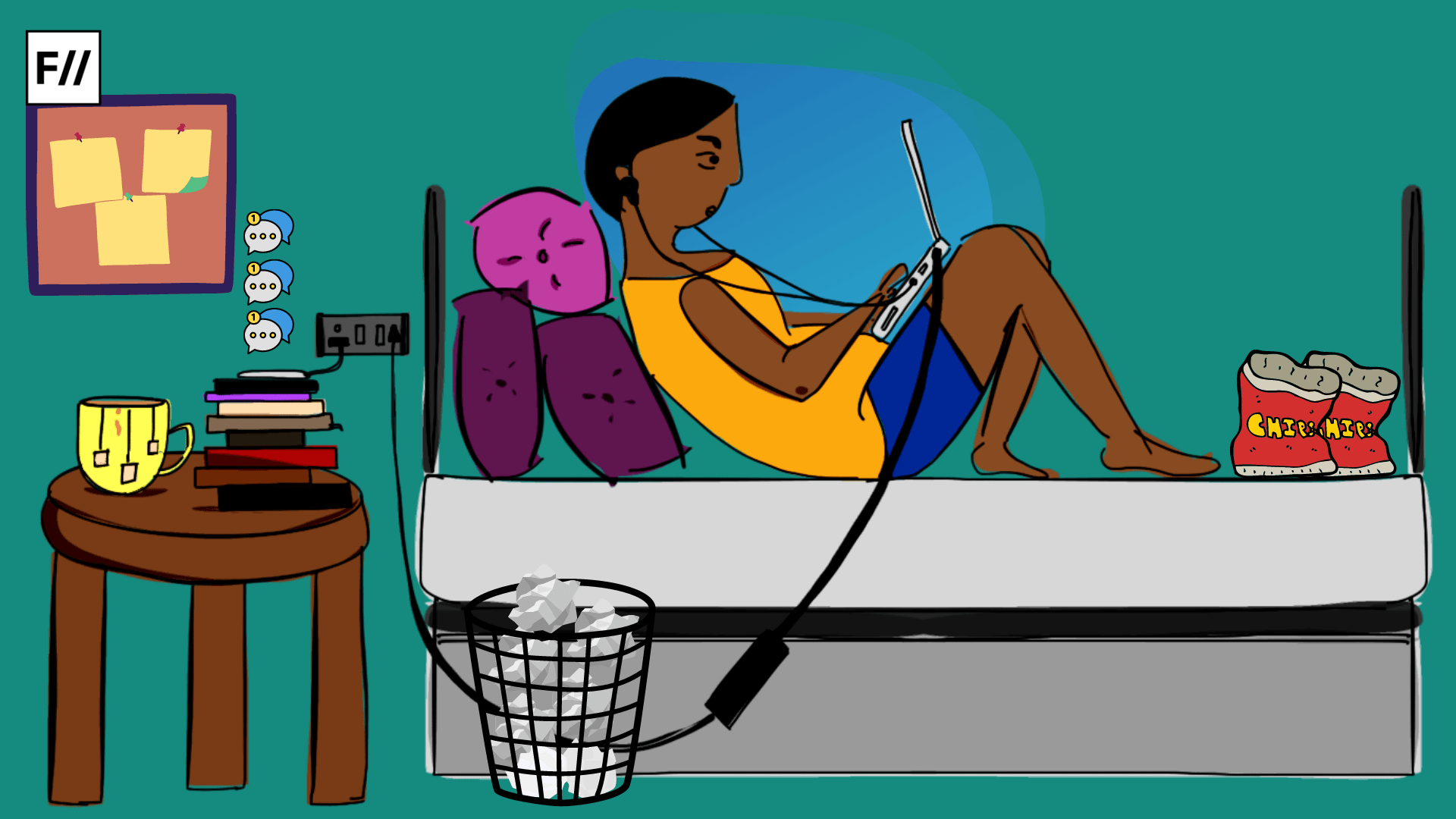
Social media platforms and law enforcement, rarely act to protect women against this online harassment. But a recent incident in February of this year, where a Twitter account (with over eighteen thousand followers) tweeted out a video of a dancer, performing at a college fest, saw the Mumbai Police act and take down the video. The tweet claimed the ‘cultural system was in danger’ in India and colleges and schools have become kothas (brothels).
The video was likely taken from the dancer’s Instagram account, without her consent. When she asked the troll to take down her video, he refused, claiming the content wasn’t her intellectual property and he could use it for ‘criticism, views, and opinions without claiming ownership’. While the tweet still remains, the video was disabled.
The Mumbai police intervening and disabling the video is a rare occurrence of a law enforcement agency aiding women who face online trolling and harassment. The police action, while undoubtedly welcome, is not the norm. Even though women routinely face such harassment, they often have no avenues to seek help and are often dismissed when flagging online harassment or complaining about it.
Even though women routinely face such harassment, they often have no avenues to seek help and are often dismissed when flagging online harassment or complaining about it.
Even social media platforms rarely act upon reports of harassment that they receive. The Twitter account involved has engaged in moral policing and slut-shaming women numerous times in the past. But the account still hasn’t been suspended or banned. While all social media platforms, including Twitter, allow content to be reported for harassment against individuals or groups, the bulk of these reports aren’t acted upon.
Power and control
Misogynists are now incentivised to go through the public social media profiles of women and farm for content which they can then use to slut-shame them and make money from the increased engagement. It doesn’t matter if the people engaging with these tweets agree with the user’s position or not, the aim is to simply drive up interactions with their tweets. Crude sexism and unabashed misogyny work for them because it generates outrage which leads to increased engagement. The more incendiary and problematic the tweet, the more people will feel compelled to call it out, which serves their bottom line.
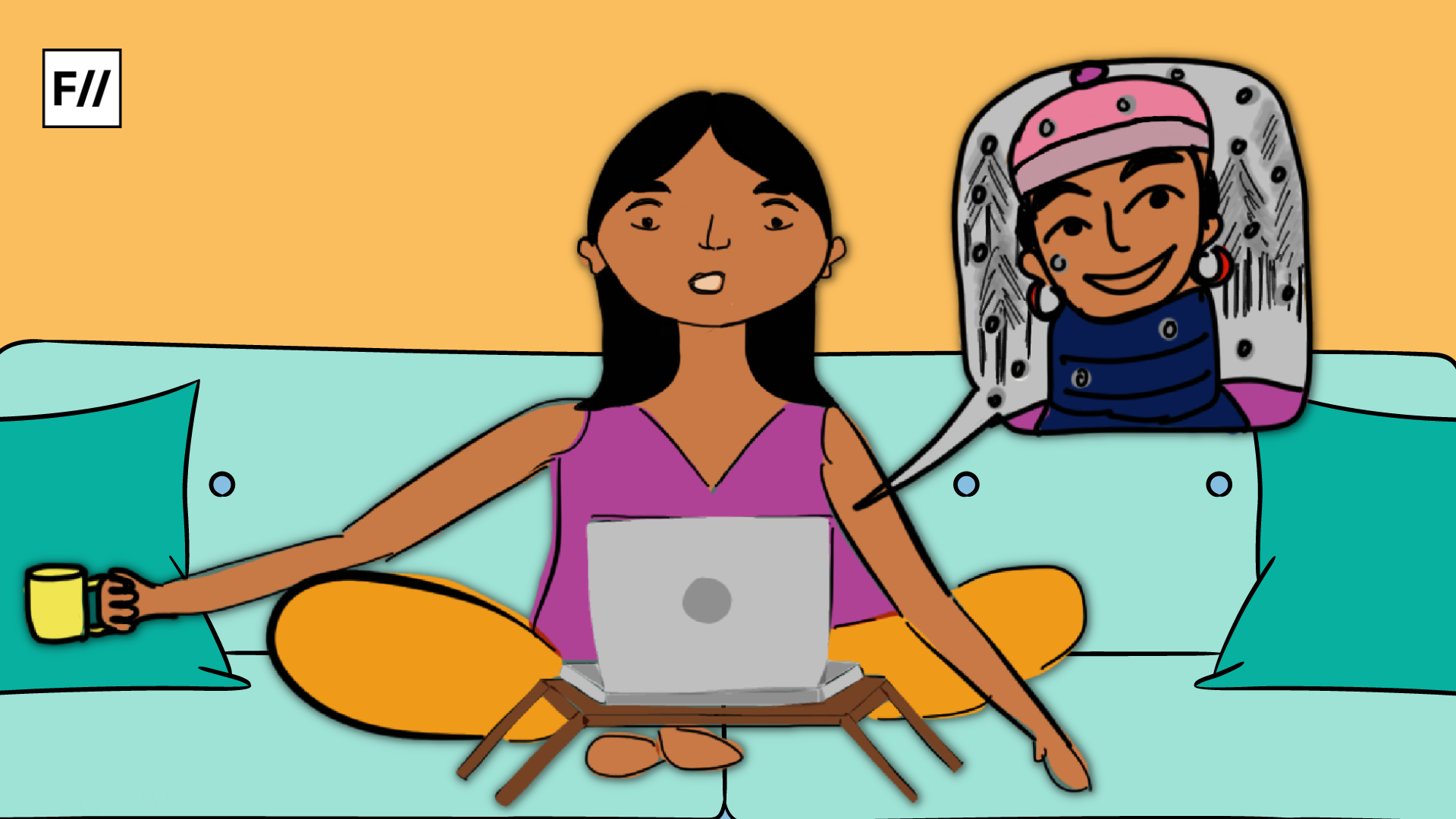
There is also an aspect of power at play here. This is a way for misogynists to exert power and control over women. Even in the above-mentioned case, the man who posted the video said he would have taken it down had he been requested to do so politely. Misogynists, who actively compromise women’s safety and privacy online, expecting them to plead to put an end to the harassment is absurd. With demands of polite pleading, these misogynists exploit online spaces to put women “in their place”. They are aware that their actions will make the woman they are targeting vulnerable to harassment from hundreds or thousands of other trolls, and this reach among fellow trolls is precisely what they weaponise.
Politics and misogyny
While all women in online spaces experience this, women who are vocal about politics and highly politicised issues or are politically involved, are targeted more routinely and systematically. While women, political affiliations and ideology notwithstanding, face gendered harassment online, those who resist or decry Hindutva bear the brunt of it. It was found that journalist Rana Ayubb, a staunch Hindutva critic, had 8.5 million tweets targeting her in a 27-month period, largely due to the intersection of her gender, religious, and professional identities.
Trolls slut-shame, sexualise, and threaten women who are opposed to their ideology or who debunk their false narratives. Dr Ruchika Sharma, a historian and a professor, who runs a popular YouTube channel where she debunks many false Hindutva narratives about India’s history, routinely faces this. Speaking to FII, she said, ‘The bulk of the trolling I receive is slut-shaming and sexualising. When they don’t have facts to counter me, they resort to this. It’s happened to me twice now, where trolls have used my pictures or videos to slut-shame me. They used my Twitter display picture in July 2023, and the second time in January 2024, they took a picture and a video from my Instagram.’
‘On the whole, Twitter seldom takes action regarding slut-shaming or the misuse of pictures.’
Dr. Ruchika Sharma
When asked if she has received support from Twitter, Dr Sharma said, ‘I am very diligent about reporting death threats and the use of my pictures. In my experience, with death threats, it is a lot easier to get the tweet removed or the account suspended, but frankly with slut-shaming, Twitter doesn’t care. Even though Twitter has a rule in place that you cannot share media from other platforms to Twitter without consent. When the picture from my Instagram was used in January 2024, I had reported around 10 to 15 accounts, but only two were actioned upon. On the whole, Twitter seldom takes action regarding slut-shaming or the misuse of pictures.’
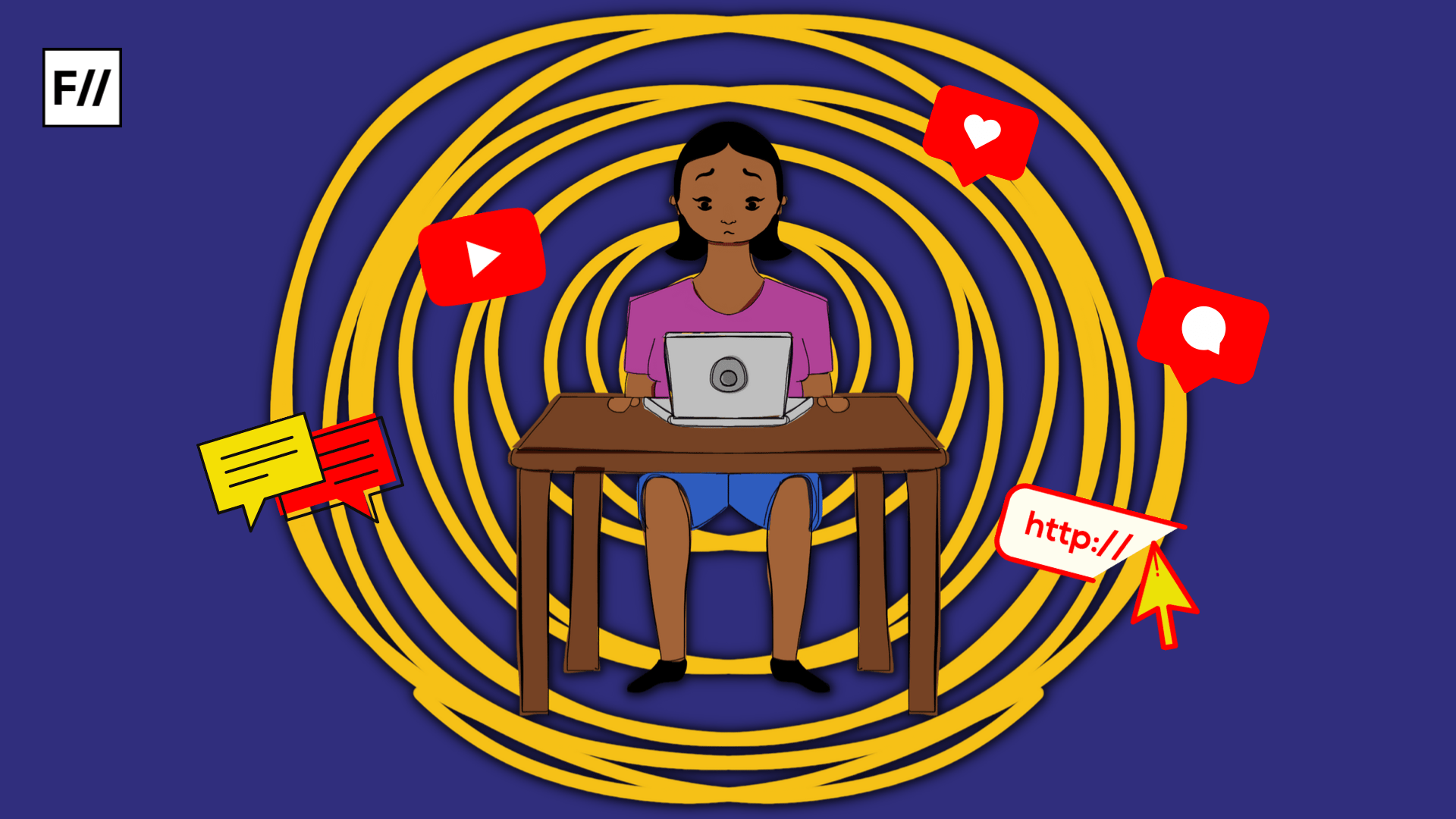
Speaking of whether she has ever sought legal avenues, Dr Sharma added, ‘When this happened, I did ask a friend who is a lawyer, what my options are. And she said while I can lodge an FIR, nothing is going to come off it.’ She added, ‘Frankly nothing is going to happen, which is why I decided against legal action. I had made cybercrime complaints when this happened last year, and some accounts deleted their tweets after I mentioned this, but many tweets were still up and the complaint was just closed. Laws regarding social media are lackadaisical in India and if I approach the police, they might ask me why I am posting these pictures on Instagram in the first place.’
Most social media platforms have very lax rules regarding content that targets and harasses women. Even if options to report are available, these reports are rarely acted upon. For women to have a safer experience on social media, these platforms must have stricter rules against the targeted harassment of women and the use of their pictures without their consent. A common excuse most of these trolls cite is that the social media accounts they get this content from are public and that any content publicly available should be available for use by them and for their scrutiny. As long as social media platforms don’t adopt a zero-tolerance policy towards this, things will not improve for women online.
As long as social media platforms don’t adopt a zero-tolerance policy towards this, things will not improve for women online.
Apart from action on the part of these platforms, better policy and legal frameworks to address online violence and harassment and dedicated cybercrime cells that don’t dismiss women seeking legal recourse are necessary. The sensitisation of law enforcement officials is also crucial. When women report harassment – real world or online – they are often victim-blamed or disregarded. Remedying this is crucial to improving how women experience online spaces and increasing their ability to participate in public discourse.
‘Cultural preservation’, as they call it, is the justification misogynists cite for their harassment and shaming of women online. They position themselves as “protectors” of Indian culture. The culture these men speak of is a culture of patriarchy and control that was created by them to work solely to their benefit by relegating women to a lower status, thereby justifying their subjugation.
Women’s exercise of their autonomy is a threat to the patriarchy. Misogynists fear women pushing back against patriarchal control and defining for themselves the terms of their participation in public life and the extent and nature of it. As women increasingly resist the patriarchy and defy cultural and societal expectations forced on them, exposing women to incessant threats, violence, and harassment online are means by which misogynists seek to exert control over women. A research found that, of the analysed tweets in India that were misogynistic in nature, 57 per cent included the sexual objectification, sexualisation, and slut-shaming of women.
These are all tools weaponised to reduce the participation of women in public life, silence or discredit them, or make an example out of them for defying patriarchal expectations of how women should exist and behave. Misogyny is proving to be profitable on Twitter; it is deplorable that misogyny and sexism can now be monetised and the shaming, sexualisation, and policing of women leads to financial gains for the perpetrators.
About the author(s)
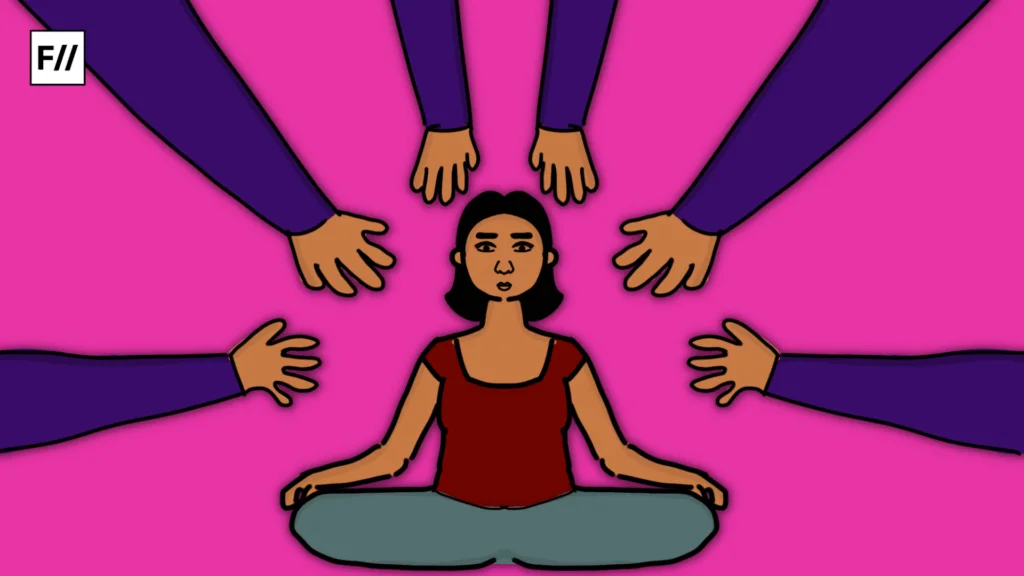
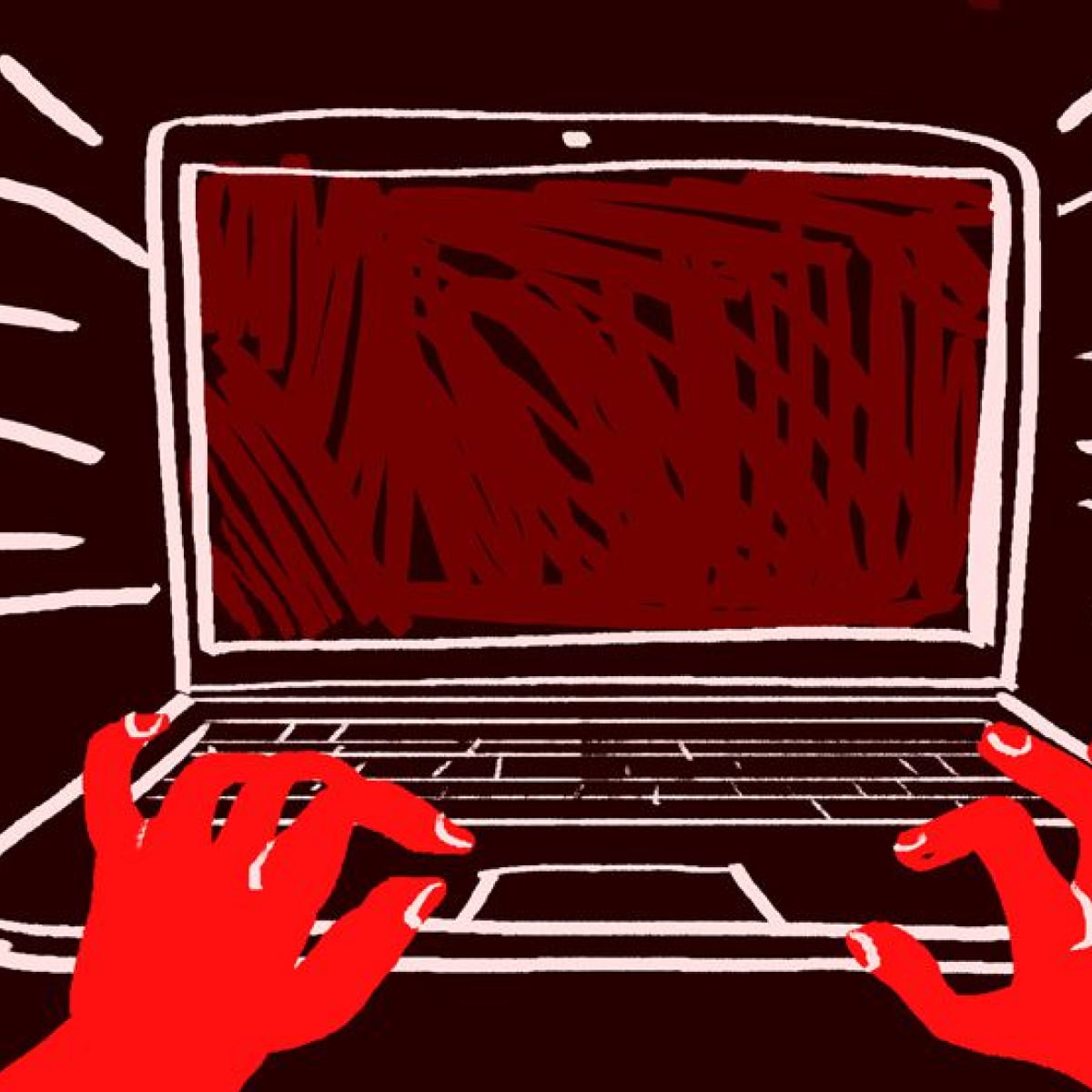




This is the first time I have read your material. I think it is a real shame that you are using the language of extremely privileged white middle class American college students when talking about India, using words like “slut shaming”. Most people in the uk and USA hate this term and never use it at all because “slut” is a horrible sexual slur against women. It is not empowering. It gives the impression that women who complain using this term are indeed “sluts”.
In the west, 53% online misogynistic abuse is actually created by women. In the west, women hate women.
So using western language to describe the problems you have in India is ridiculous.
You are doing the very real victims in India a massive disservice. The problems women in the west have are minuscule. The problems women in India have are gigantic. Please stop using western models of middle class moaning to describe the horrendous situation you have in India. I don’t think you realise how silly you sound when you use western feminist rhetoric about the awful situation of women in India.